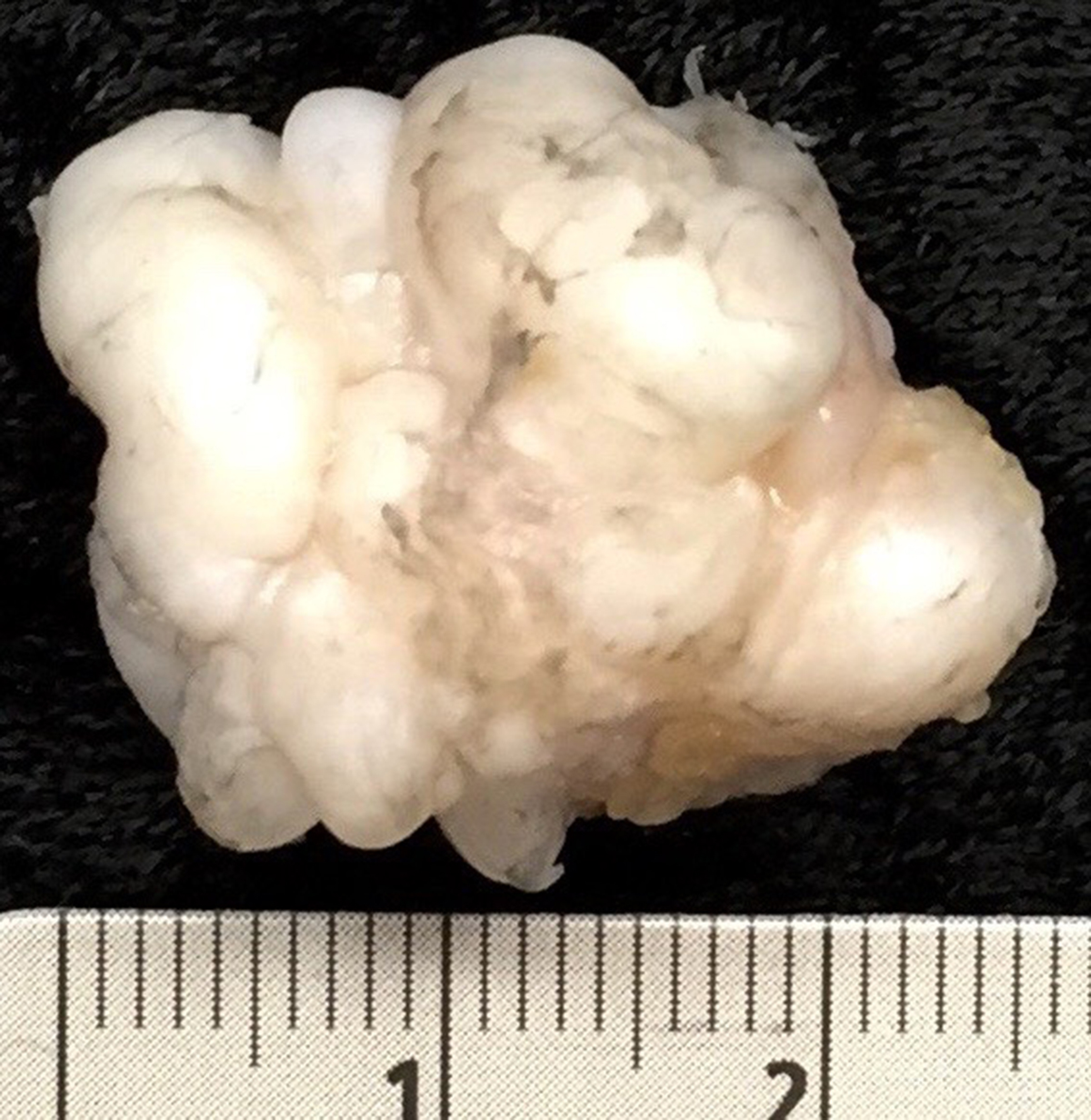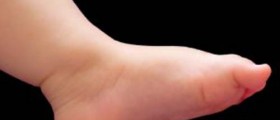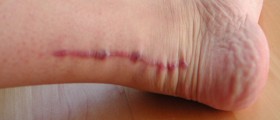
Posterior Tibial Tendon Dysfunction
Posterior tibial tendon dysfunction is a condition when the posterior tibial tendon becomes injured, stretched, torn or inflamed. Posterior tibial tendon is one of the most important parts of the foot and leg. This tendon is attached to the bones of the foot and it holds the arch of the foot up and it also provides support while standing or walking. The symptoms of posterior tibial tendon dysfunction include pain in the arch of the foot or inside of the ankle while standing or walking, flatting of the foot, swelling of the tendon, weakness in the foot and lower leg and pain while standing on the toes. People who are overweight and athletes are prone to posterior tibial tendon dysfunction because tendons in the foot and ankle endure excess pressure.Treatment
If damage or an inflammation of posterior tibial tendon is not severe, your doctor may recommend shoe pads or specially designed footwear to support the arch. Another treatment option includes braces which will hold the arch and ankle. In case of inflammation and swelling, you may be given anti-inflammatory medications or injections. In case these treatments fail to improve your condition, your doctor will recommend surgery.Surgery
Surgical procedure depends on the severity of the problem with posterior tibial tendon. Some procedures involve taking out a part of the bone and aligning the rest of the bones in the foot and ankle. In some cases one or more bones are put together to provide the proper arch support and to prevent further damage of posterior tibial tendon. There are cases when fibers are harvested from some other tendon in the patient’s body and used to restore the damaged tendon in the foot. In case of inflammation, the affected tissue is removed.Recovery
Recovery time depends on the complexity of the surgical procedure, your weight and overall health. It is estimated that you will need about 5-8 weeks to recover form the surgery. People who are in good health and who eat well balanced food will need less time to recover. Overweight people, elderly and smokers will need more time. The first two days are crucial to proper recovery. You must keep your leg lifted and you should apply ice compressions on the incision in order to reduce and ease pain and swelling which are common after every surgery. You may also need to use supportive aids such as crutches or wheelchair during several weeks after the procedure. It is also important to take care of the wound to prevent infection.
















Your thoughts on this
Loading...